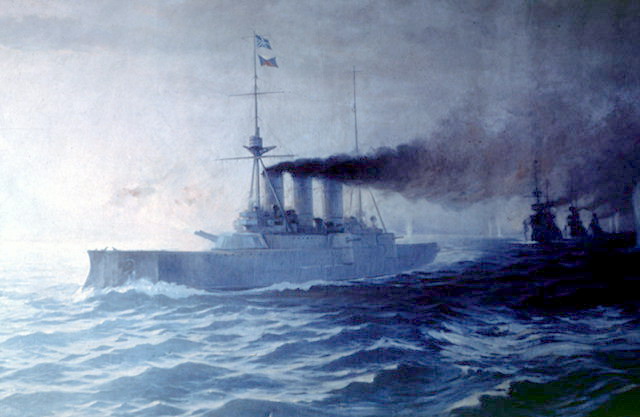Although few major military conflicts occurred in the decade preceding World War I, the Balkan Wars initiated the fall of the Ottoman Empire were a precursor to The Great War. The Ottoman Empire began to suffer from its poor governance and financial constraints in the early 1900s, and in 1912, several of its constituent countries formed the Balkans League.
Several nations, including Greece, Serbia, Bulgaria, and Montenegro formed an alliance to fight for independence from the Turkish-controlled Ottoman Empire.
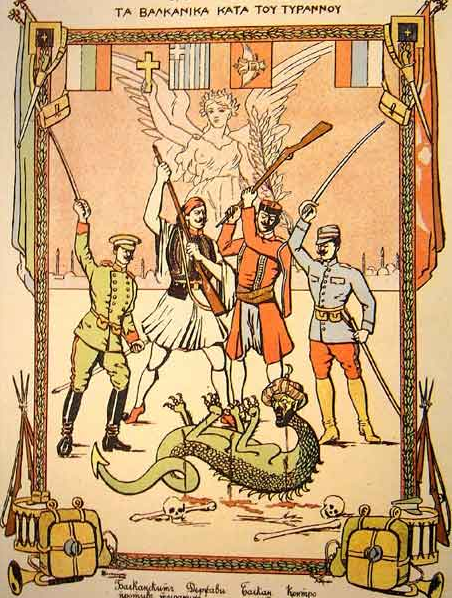
The Ottoman Empire was weakened by instability resulting from the Young Turk Movement of 1908. The movement, which was supported by ethnic minorities, the military, and intellectuals, re-established the monarchy and re-enacted the Ottoman Constitution of 1878 along with a representative form of government.
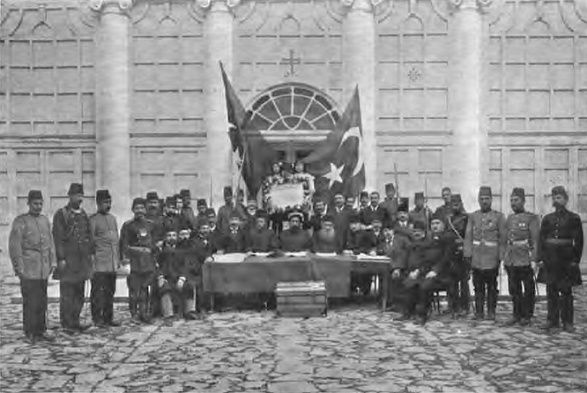
The Sultan, Abdul Hamid II, instituted a countermovement that resulted in the nationalist sector of the Young Turk movement remaining in place while silencing the more liberal arm of the movement. During the turmoil, Austria-Hungary annexed a large portion of the Ottoman Empire that encompassed the Turkish province of Bosnia and Herzegovina.
The defeat caused Greece and Serbia to demand a stronger military, and better governmental structure. The Ottoman Empire failed to successfully enact meaningful reforms, leading the most powerful states to push for their independence.
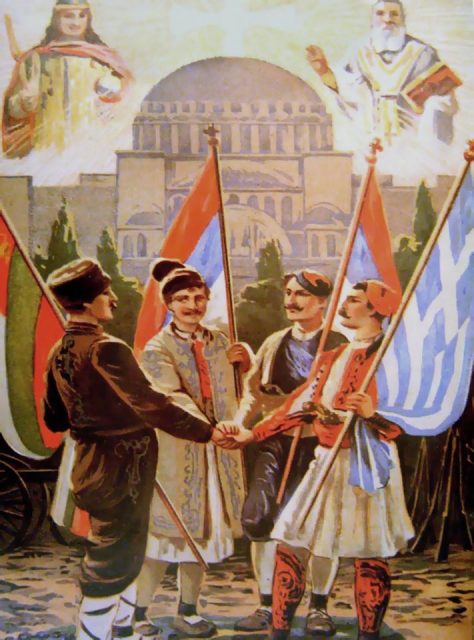
With the establishment of the Balkan League, the first of two Balkan Wars commenced. The largest naval battle in the First Balkan War was called the Battle of Elli. The dispute occurred on December 16th, 1912 at or near the Dardanelles Entrance (a strait in northwestern Turkey that separates Europe and Asia).
The First Balkan War is also known for being the conflict that created the buildup for World War I. It was also a time of technological transition, as antiquated military weapons faced modern, updated, and superior weapons and warships.
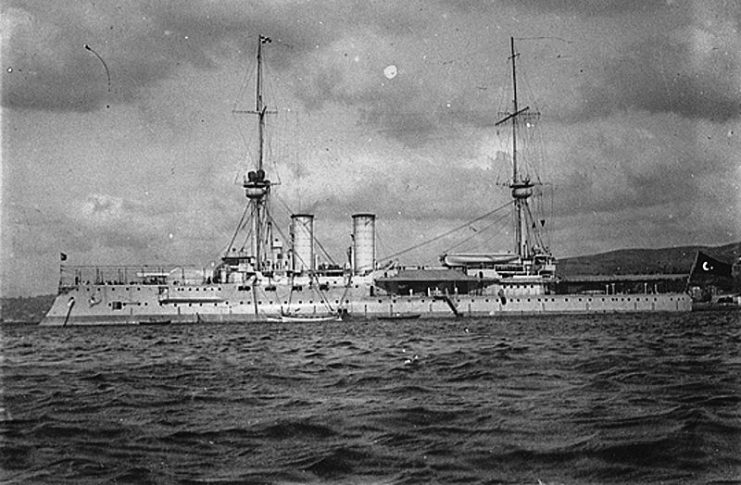
The Turks utilized older, outdated warships, and not all of their battleships were equipped with weapons. Although the Turks had two modern ships, they never installed guns on either, and therefore they had no firepower. The five other ships used by the Turks were slow, bulky, and lacked striking potential.
The Greeks, however, acquired a modern armored cruiser from Italy in 1911 and four new destroyers. Combined with three antiquated 1880s era French built battleships, they had a much stronger fleet than the Turks. The Greeks sought to control the Aegean Sea, which would allow Greece to capture many of the Empire’s waterways.
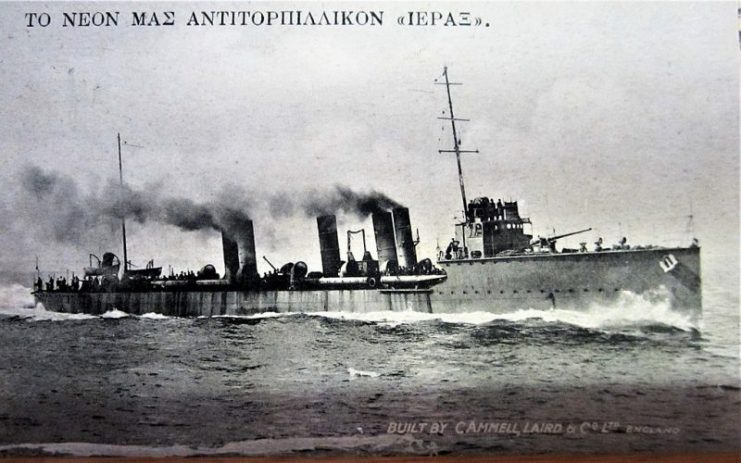
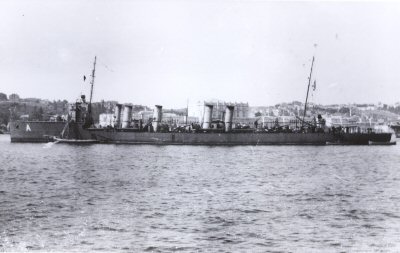
To achieve their objective, Greece planned to block the Turkish forces in the Sea of Marmara, which would prevent the Turks from escaping through the Dardanelles. The Turkish forces formed a line in front of the Sea of Marmara, and the Greek Admiral Kountouriotis signaled to the rest of his fleet that he would pursue an independent action as the rest of the fleet could not keep up with his ship.
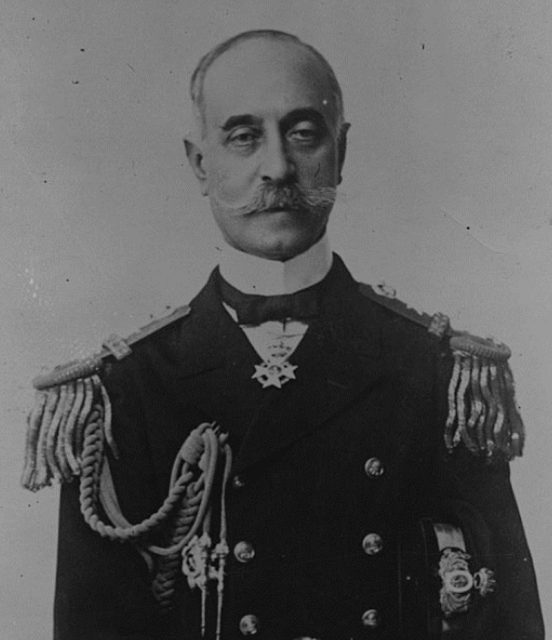
Kountouriotis used his superior battleship, the Averoff, which was the fastest ship in the battle and equipped with more armor and guns than any of the Turkish ships. He sped past the Turks, performing a maneuver known as “crossing the T.” He was able to get behind the Turkish line and exploited his position to attack the Turks’ flagship BarbarosHayreddin.
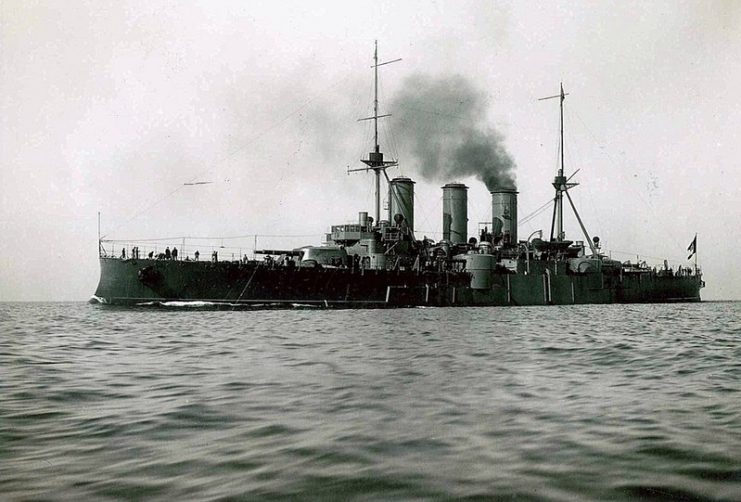
The assault forced the Turkish fleet to retreat, while Greek forces continued pursuing them for another two weeks. They suffered few casualties (18 deaths and 41 injuries), but the victory allowed Greece to occupy the long sought-after islands of Lesbos, Chios, Lemnos, and Samos. It also prevented the Turks from sending land reinforcements by sea, all but assuring Turkish defeat on land.
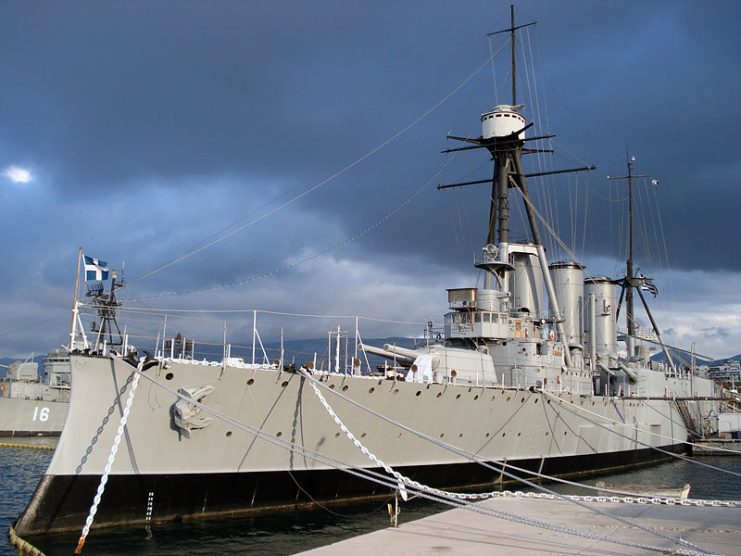
The Greek victory was followed up by a second resounding naval defeat of the Turks in 1913. Greece’s success curtailed Turkish plans to transfer its soldiers from the Middle East to the Thracian and Macedonian front to combat the Greeks, Serbians, and Bulgarians. The inability of the Ottoman Empire to redirect troops helped assure the Balkan League’s victory.
